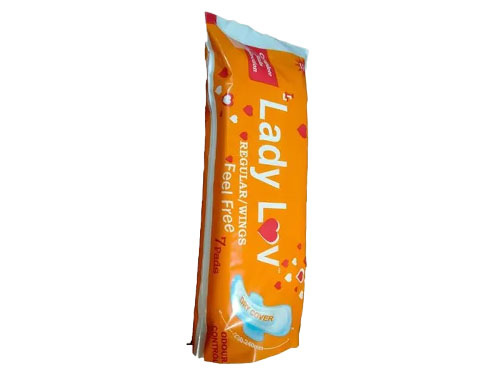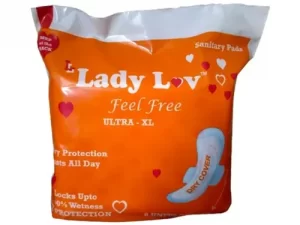Hello,
I'm Lady Lov
Care for you With Quality & hygine
“The use of sanitary pads and the dos and don’ts should be discussed with openness so as to make a hygienic and healthy life for the women.” — Manushi Chhillar
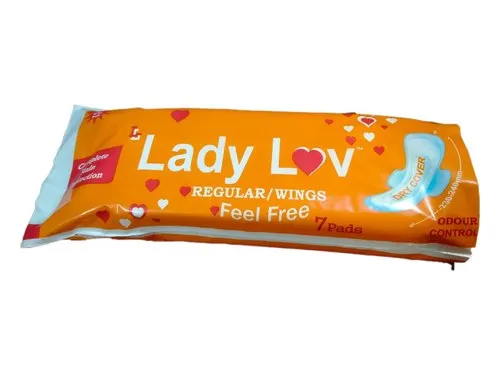
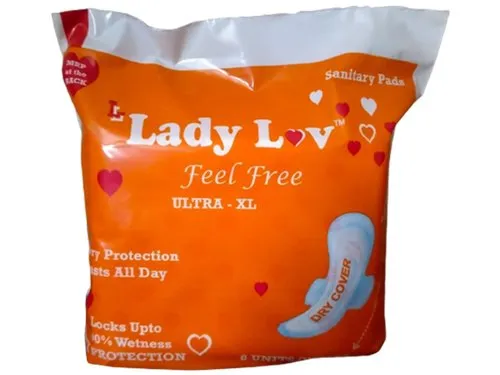

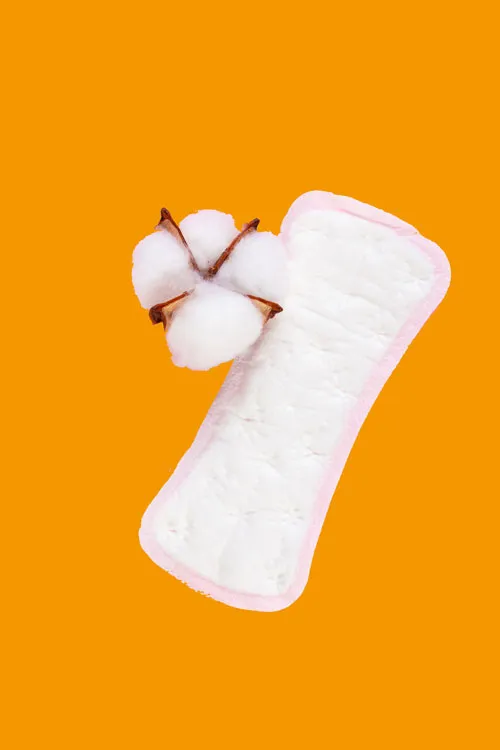

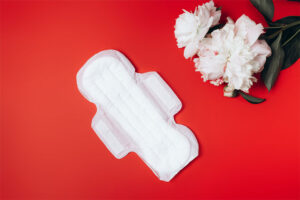

About Me

Lady Lov believes that she will be more comfortable about her periods, when both parents will get comfortable talking about it. to be a part of this conversation
Our Products
Our Process
1
Raw Material
- Nonwoven
- Pulp
- Super absorbent
- Poly Perforated Film
- Cellulose pulp
- Fastening devices
- Packaging
- Airlaid paper on top, Slicon paper on back
2
Product Making Proccess
- Pulp
- Grinding
- Mat formation
- Tissue spread (up layer, lower layer)
- Mat section
- wrap by Airlaid Paper
- Hot-melt seal embossing
- Applying hot melt adhesive
- Release belt
- Finished products section
- Finished products arranged in parallel (sanitary napkin)
3
Product Ready Lady Lov
The absorbent cores of sanitary napkin were prepared from multilayered carded webs to have required mass per unit area. The carded webs of viscose and SAF blend were prepared with varying SAF percentages and mass per unit area. The webs were carded a second time to achieve better fiber opening, better fiber alignment and homogenous blending. The card webs were then sandwiched between two layers of same nonwoven fabric to integrate the web and encapsulate it to get the absorbent core.

The absorbent pad is the most important component of napkin. Absorbant pad is made of wood pulp mixed with super absorbent polymer (SAP). Absorbent pad is prepared first. The absorbent pad is first created by using shredded wood pulp and vacuum laid to required shape and size, the weight is automatically controlled. By pressing it is formed to required thickness. Before forming the pad the pulp is mixed with super absorbent polymers (SAP) for enhancing fluid holding capacity.
The super absorbent polymer is basically acrylic based polymer that forms gel after absorbing liquid. By this it can hold water up to 30 times its weight. Sodium acrylate, potassium acrylate, alkyl acrylate. This absorbent pad is attached to permeable top sheet made of nonwoven, mainly spunlace fabric. Then the same is attached to non-permeable bottom sheet made of polyethylene. The three layers/components are glued and sealed to prevent leakage by using heat or ultrasonic vibrations. The content of absorbing pad composite will vary for different types napkins.
The application of accessories like tapes, sealing, etc for comfort of fit to the undergarments is required in some cases. This multi-step manufacturing and folding and packaging is carried out automatically. Precise control on SAP mixing with pulp, pulp weight, size and thickness, quality of seal to ensure leakage prevention, wastage control, etc is an important step in the manufacturing. However, the counting and packaging can be made non-automatic to reduce machine cost. But it may increase recurring cost and wastage.
Our Factory
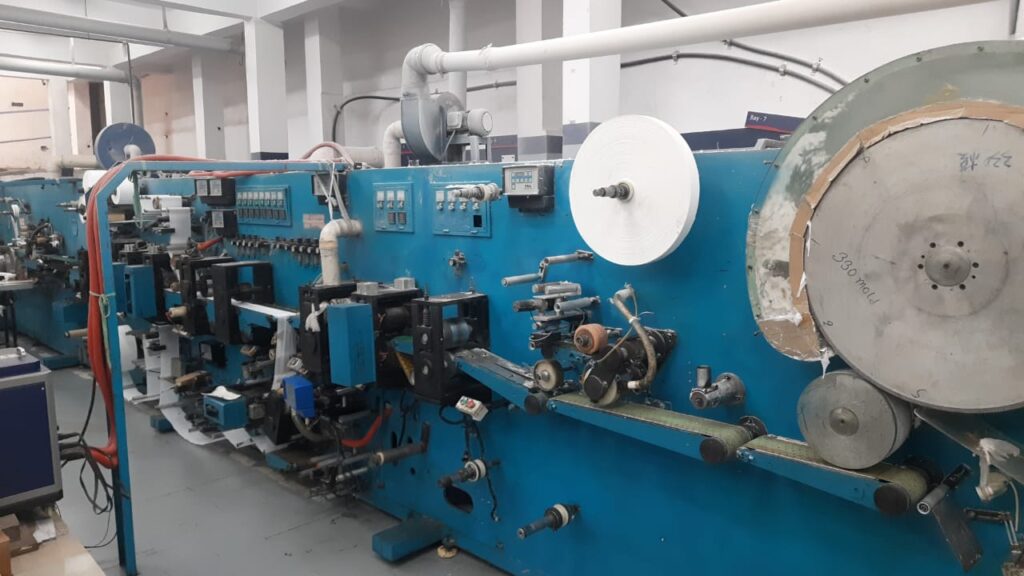
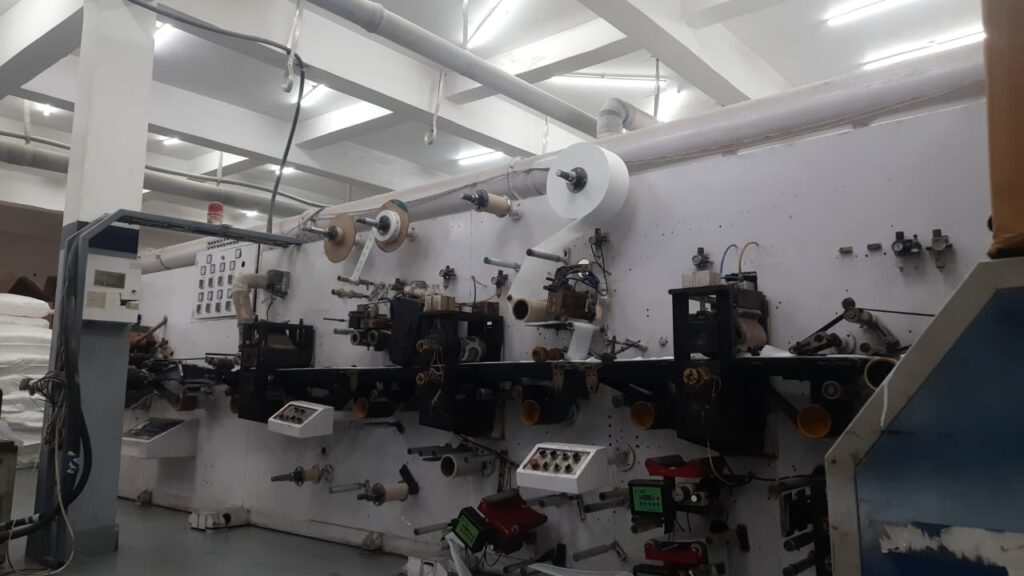
Testimonials
People love me
“It’s very comfortable and I don’t worry about any infection as the material is not synthetic. Thanks Lady Lov.”

Priti Singh
“The pads are so soft and absorbs the blood quickly.
And it doesn’t even move! The individual covers are
so cute and also super convenient to use while disposing the pad”

Lavanya
“I would recommend Lady Lov to everyone. It’s so soft and keeps me rash free. I am very satisfied with the quality and its packaging.”

Veena Malik
My Services
I have a lot to offer
01
Creative Design
02
Technical Arts
03
Client Engagement
04
Analytics
05
Development
06
Special Ops
Why Lady Lov
- Thick sanitary napkins
- Ultra thin sanitary napkins
- Panty liners being used in the market
- (a) absorb menstrual liquid discharge,
- (b) isolate wetness from the skin,
- (c) retain menstrual liquid discharge,
- (d) isolate menstrual liquid from the female’s environment.
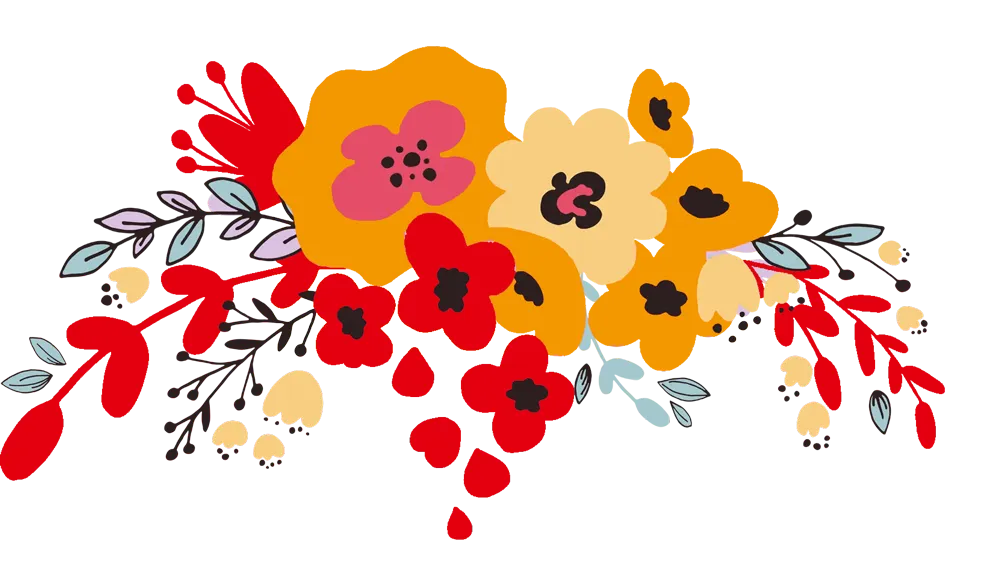

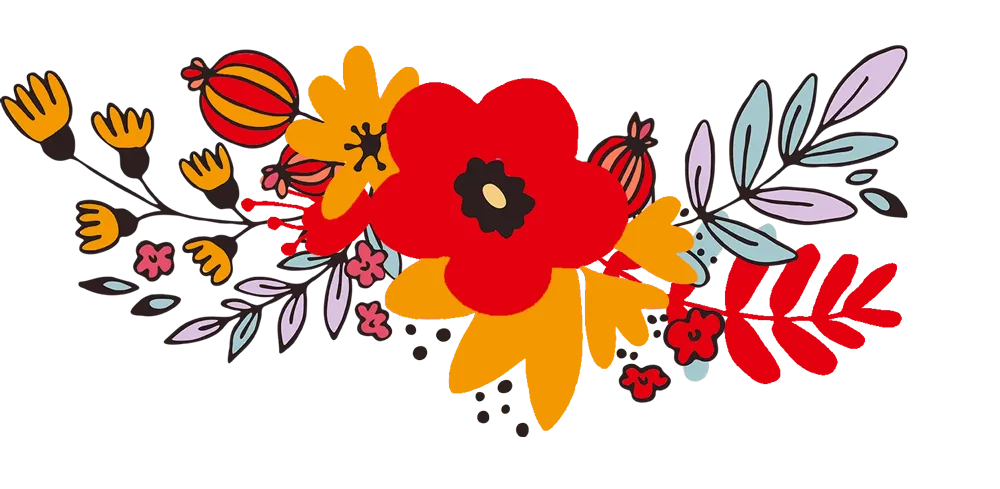
Say Hello!
Contact us

